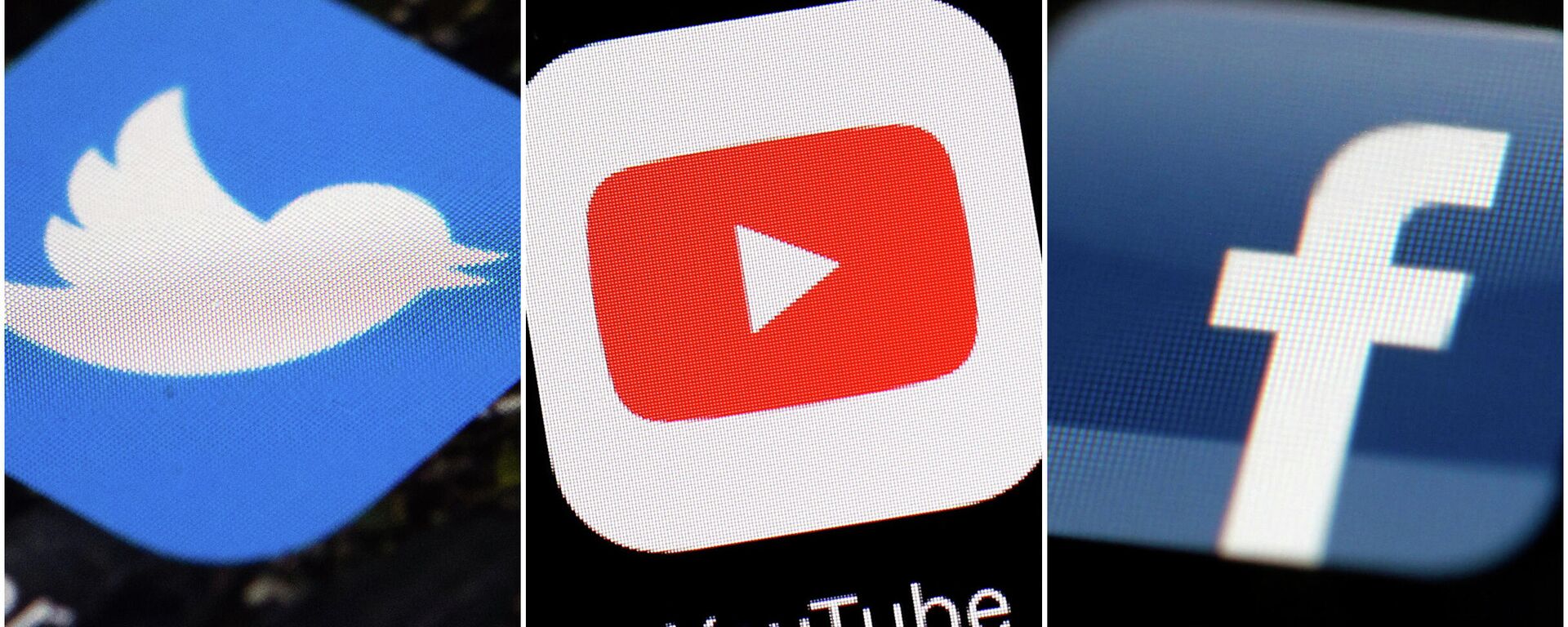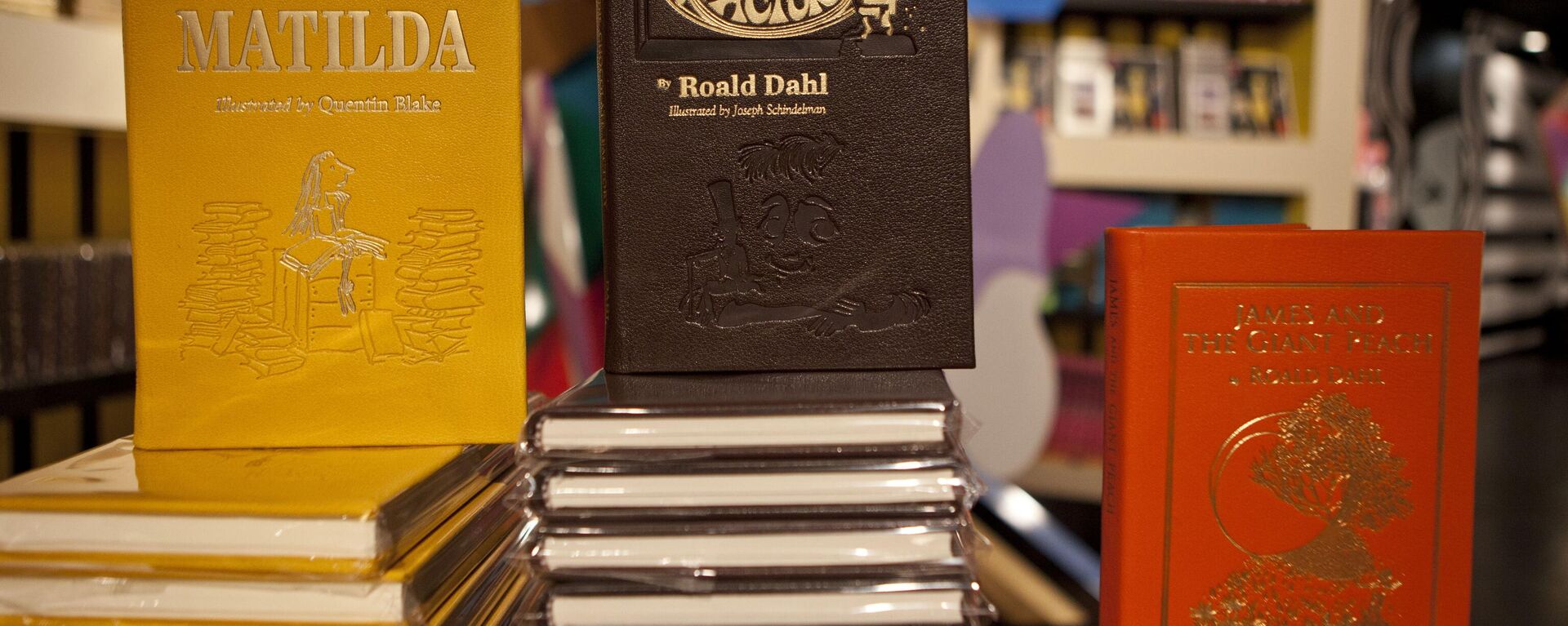US Book Bans Increasing as 2022 Recorded 33% Spike

© AP Photo / Rick Bowmer
Subscribe
The report found that targeted books were often authored by writers who were women, people of color, and/or LGBTQ+ individuals.
A report released by the free expression group PEN America shows there were 3,362 book ban attempts in K-12 schools across the US last year, a 33% jump from the year before.
The report, titled “Banned in the USA: The Mounting Pressure to Censor,” notes that attempts were not unsuccessful but details that students lost access to 1,557 unique book titles during that period.
By district, the most banned books of the 2022-2023 school year included: “Tricks” by Ellen Hopkins; “The Bluest Eye” by Toni Morrison; “Looking for Alaska” by John Green; “A Court of Mist and Fury” and "Empire of Storms" by Sarah J. Maas; “Gender Queer: A Memoir” by Maia Kobabe; “The Perks of Being a Wallflower” by Stephen Chbosky; “Thirteen Reasons Why” by Jay Asher; “Sold” by Patricia McCormick; “Crank” by Ellen Hopkins; and “Identical” by Ellen Hopkins.
“It’s disappointing to see such a steep rise in the banning and restriction of books. We should trust our teachers and librarians to do their jobs. If you have a worldview that can be undone by a book, I would submit that the problem is not with the book,” said Green, whose book was banned in 27 districts.
PEN notes that many of the banned books are mislabeled as “sexually explicit,” “harmful,” and “age inappropriate,” adding that bans “overwhelmingly” target books on race, racism, characters of colors, and LGBTQ+ characters.
Of the 3,362 books that were banned, PEN says 48% included themes or instances of violence and abuse, including instances of sexual assault: a theme which makes up 25% of all book banning instances. Some 42% covered topics on health such as mental health, bullying, suicide, substance abuse and sexual wellbeing and puberty. Another 29% of those books included instances or themes of grief and death.
“Amid a growing climate of censorship, school book bans continue to spread through coordinated campaigns by a vocal minority of groups and individual actors and, increasingly, as a result of pressure from state legislation,” PEN writes in their report.
The free expression group also found that nearly half (over 40%) of the book bans that took place occurred in school districts in Florida. Following Florida, there were 625 book bans in Texas, 333 bans in Missouri, 281 in Utah and 186 in Pennsylvania.
All states, except for Pennsylvania, are governed by Republicans. But PEN points out that book bans are occurring on a wider scale across the US, beyond conservative states or counties: at least 42% of states that are banning books voted Democrat in the 2020 presidential election.
However, according to a May 2023 Ipsos/NPR poll, 54% of Americans said they oppose book bans by school boards, and 69% oppose book bans by state lawmakers. But public schools have become particularly vulnerable following the pandemic and fear legal liability, as well as termination have kept their voices from being heard.
Eighty-seven percent of all the book bans took place in school districts that had a nearby chapter of a national advocacy group known to advocate for book censorship. PEN identified the most prominent book banning groups as: Moms for Liberty, Citizens Defending Freedom, and Parents’ Rights in Education.
The founder of Moms for Liberty, which was labeled as an extremist organization by the Southern Poverty Law Center, was present while Florida Governor Ron DeSantis signed the “Parental Rights in Education bill” penned as the “Don’t Say Gay” bill.
But young adult novels, PEN points out, are meant to help guide children into adulthood. The purpose of this genre of literature “is to create stories that mirror the real-life experiences of young people in navigating an increasingly complex world as they move from children to adults”.
“YA has always been a ground for ideological struggles and social constructions of what sex ‘should look like’ for young adults. Emphasis on certain types of representations of sex and sexuality—such as losing your virginity, teen pregnancy, and sexual identity—ensures YA’s place as a space of exploration, and for figuring out our relationships to difficult topics,” write scholars Nic Hikton and Gabriel Duckels.
Educators Judith Franzak and Elizabeth Noll add: “[it is] important for readers of all ages to recognize the presence of violence in literature in order to gain a better understanding of it in their own world. ... If we can understand how we interpret violence, we are perhaps better equipped to resist violence in our midst.”



